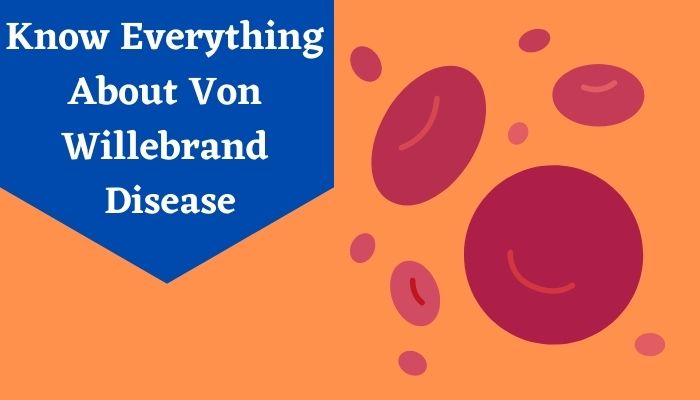Every time we get injured, we bleed. But, have you ever wondered, why does the bleeding stop after some time? It happens because of blood clotting that takes place due to a protein present in our blood. However, people suffering from Von Willebrand Disease find it difficult to stop bleeding due to difficulty in blood clotting. Von Willebrand Disease or VWD is a type of bleeding disorder, where one experienced unusual bleeding after an injury or surgery. Women find it even harder to deal with VMD, especially during their menstrual periods. Severe cases of VWD may also lead to anemia and be fatal too.
Let us help you understand all that is important to know about Von Willebrand factor, causes, symptoms, diagnosis, and treatment.
What is the Von Willebrand Factor?
VWF or Von Willebrand Factor is a protein found in the blood that helps in blood clotting. It is a large adhesive glycoprotein that is essential for platelet adhesion at the injury site. When VWF is low or affected, one may experience difficulty in blood clotting.Types of Von Willebrand Disease
There are 3 main types of Von Willebrand Disease and they are:1. Type 1 VWD: This is the most common type of Von Willebrand Disease in which a person suffers from mild bleeding symptoms or no symptoms at all.
2. Type 2 VWD: In this type of VWD, a person may experience mild to moderate bleeding.
3. Type 3 VMD: This is the rarest and most severe type of VWD, where a person has a negligible amount of VMF in blood.
Von Willebrand Disease Causes
The most apparent cause of VWD is heredity. Many people inherit it from their parents. Type 1 and Type 2 of VWD are generally caused when VWD is passed on to you through the genes of the parents. Besides, in some cases, there is abnormal functioning of the VWF, that results in this disease, which leads to difficulty in blood clotting.Von Willebrand Disease Symptoms
Talking about how to know whether what you are experiencing is Von Willebrand Disease or something else, you need to be aware of its symptoms. Some common symptoms of VWD are:- Heavy and Profuse Bleeding after an Injury or Surgery
- Bloody Stool or Urine
- Women Experiencing Heavy Menstrual Bleeding
- Easy Bruising
- Nosebleeds
- Bleeding Gums



